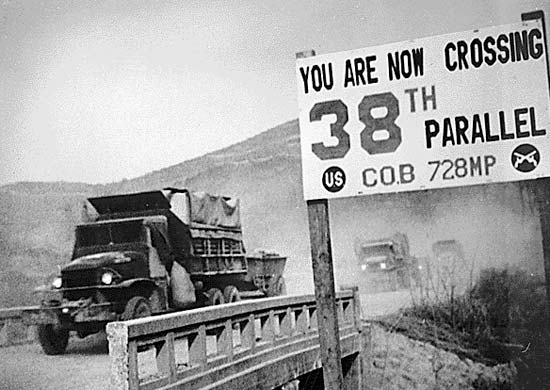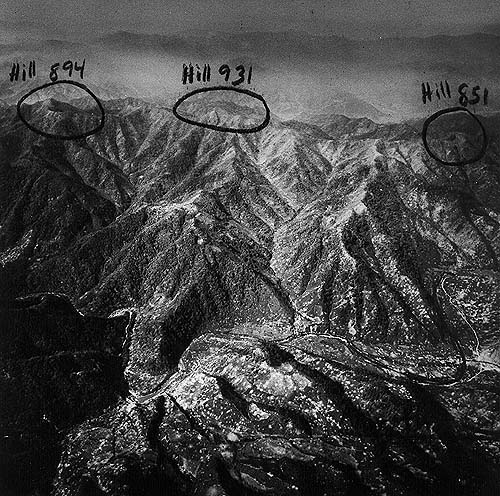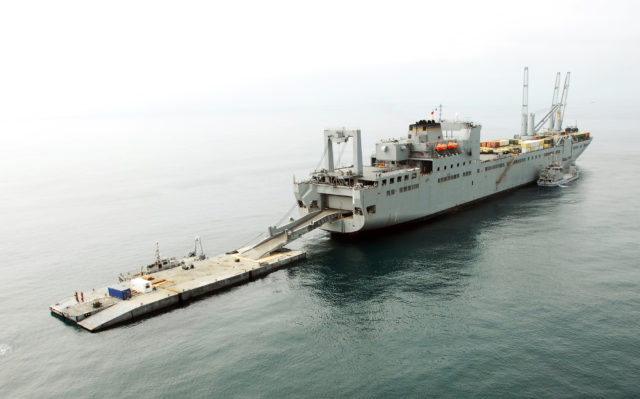Often in war it is difficult to the measure the impact of one man, but when that man is making his last stand on Heartbreak Ridge the impact becomes clear.
The first couple of years of the Korean War can easily be described as a seesaw strategic battle for control of the peninsula. However, the same was very much true at the tactical level where control for every field, hill, and ridge would often see a back and forth game of attack and counter-attack. Often changing hands multiple times in one evening, these strategic points became the center of intense fighting.
For Herbert K. Pililaau, this would result in him being the last man standing on hill 931 of Heartbreak Ridge as he covered the retreat for the rest of his squad. He fired his Browning Automatic Rifle until he ran out of bullets. He then threw grenades until his supply was exhausted.
Moving to rocks, he hurled them as projectiles until there were none within reach. It was at this point he pulled out his trench knife and led a one-man charge. Punching with one hand and swinging his knife with the other was how the members of his squad report last seeing him.
And when his platoon retook the position the next day they found Pilila’au fallen, but surrounded by 40 dead North Korean Soldiers. For his exceptional bravery that day, Herbert K. Pilila’au was awarded the Medal of Honor and the admiration of every soldier he saved on Heartbreak Ridge.
From Paradise to War
Herbert K. Pilila’au was born a native Hawaiian in Honolulu in 1928. Just a teen when the Japanese attacked in 1941, he was unable to contribute to the war effort in World War 2. Growing up, he demonstrated a unique musical ability as he sang and played the ukulele for any who would listen.
After graduating High School in 1948, he studied accounting at Cannon Business School until war came calling again. Shortly after war broke out in North Korea, he was drafted into the army. He initially considered declaring conscientious objector status due to this Christian beliefs, but eventually relented and threw himself into the fight.
By March of 1951, he was sent to Korea to serve with Company C, 23rd Infantry Regiment, 2nd Infantry Division. It wouldn’t take long for him to see action as he was thrust into combat at the vicious fight known as the Battle of Bloody Ridge. However, it would be a different ridge that would earn him this hallowed place in military history, and for the men of Company C, there is no one else they would want in the fight with them than the once conscientious objector.

The Battle of Heartbreak Ridge would take place just a few miles north of the 38th parallel and last for over a month. The back and forth engagement would focus on several key hills and strategic locations deemed necessary to control the battlefield.
The after effects of this costly battle would change the way the Americans fought the North Koreans, but for Pilila’au, he was destined for greatness on a hill simply indicated by its number, 931.
Battle for Heartbreak Ridge
By the morning of September 17th, 1951, the battle to take Hill 931 from the North Koreans was joined. Fighting throughout the day to dislodge the enemy from the strategic position, Company C finally succeeded by early afternoon. However, victory was rarely celebrated for long in the Korean War as the American soldiers knew the counter-attack was inevitable.
Pilila’au and the rest of his platoon were instructed to set up a defensive perimeter ahead of the platoon to detect and repel such an attack. Throughout the afternoon, the North Koreans conducted a series of probing attacks to assess for weaknesses in the American lines. As night began to fall, the Americans dug in for a long for what was sure to be a long night.

At approximately 10:00 pm, two battalions from the North Korean 13th Infantry Regiment attacked in full force. Combined with a massive barrage of North Korean artillery, Pilila’au’s platoon began to pay a heavy price for their advanced position and were given permission to rejoin the main body.
However, retreating across a rice paddy riddled with enemy fire was no small feat. For the platoon to pull back, one squad would have to remain in place to cover the retreating soldiers. Successfully covering the retreat while taking their own casualties, eventually only Pilila’au and his squad leader remained.
The Americans began to call in close artillery support to cover Pilia’au’s withdrawal, but the strikes came in so close to Pilia’au they were worried about inadvertently striking their own man. Meanwhile, Pilia’au was giving the North Koreas everything he had.
Firing his BAR with deadly precision he held off the North Koreans until his ammunition was completely expended. It was at this point that he turned to his supply of grenades. Hurling them one after the other, he continued to hold off the enemy and inflict a heavy toll.
It was at this point that his supply of grenades ran out and he did what any resourceful soldier would do. He started picking up the rocks around him and began hurling them as projectiles. And whether he ran out of suitable rocks or perhaps had just had enough, Pilila’au would embark one more mission during his gallant last stand.
Swinging Until the End
Exhausted and out of ammunition, Pilila’au decided to take the fight to the enemy. Grabbing his trench knife, Pilila’au decided to close with and destroy the enemy by hand if he had to. Leaping from his semi-covered position, he charged the attacking North Koreans and began to do his worst upon them.
Punching with one hand and swinging his knife with the other, he began to remind the North Koreans just what kind of fight they had on their hands. However, as the numbers became overwhelming Pilila’au was last seen alive completely surrounded by the enemy and fighting until the bitter end.

The next morning, the rest of Company C was able to retake the strategic position, and there they found their fallen comrade with knife in hand. But as well as Pilila’au, they found over 40 dead North Korean soldiers at his feet. For his actions that day, Herbert K. Pilila’au was posthumously awarded the Medal of Honor and a hallowed place in Military History.
He would become the first Hawaiian to receive the Medal of Honor, and in January of 2000, the United States Navy would christen the USNS Pililaau in his honor. Gallantry was on full display through the battle of Heartbreak Ridge but the story simply cannot be told in full without the contribution of Herbert K. Pilila’au.